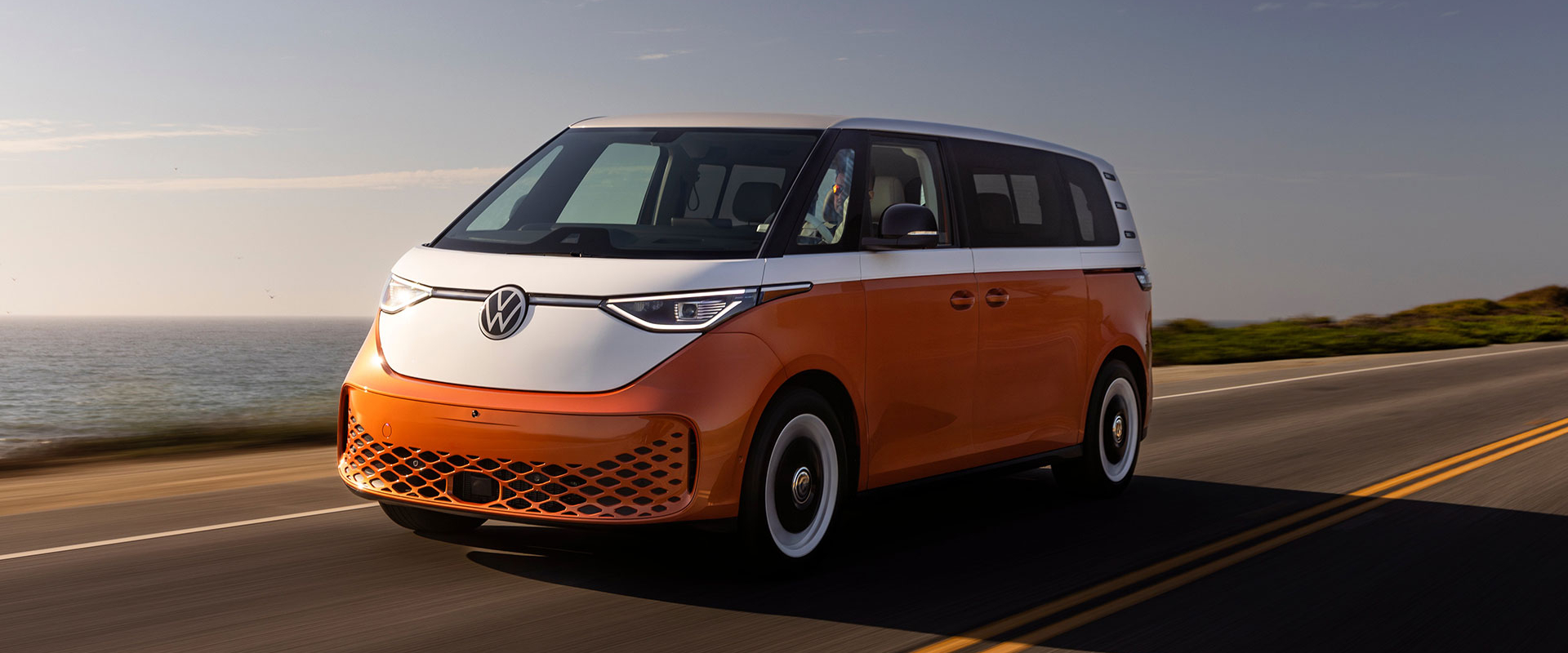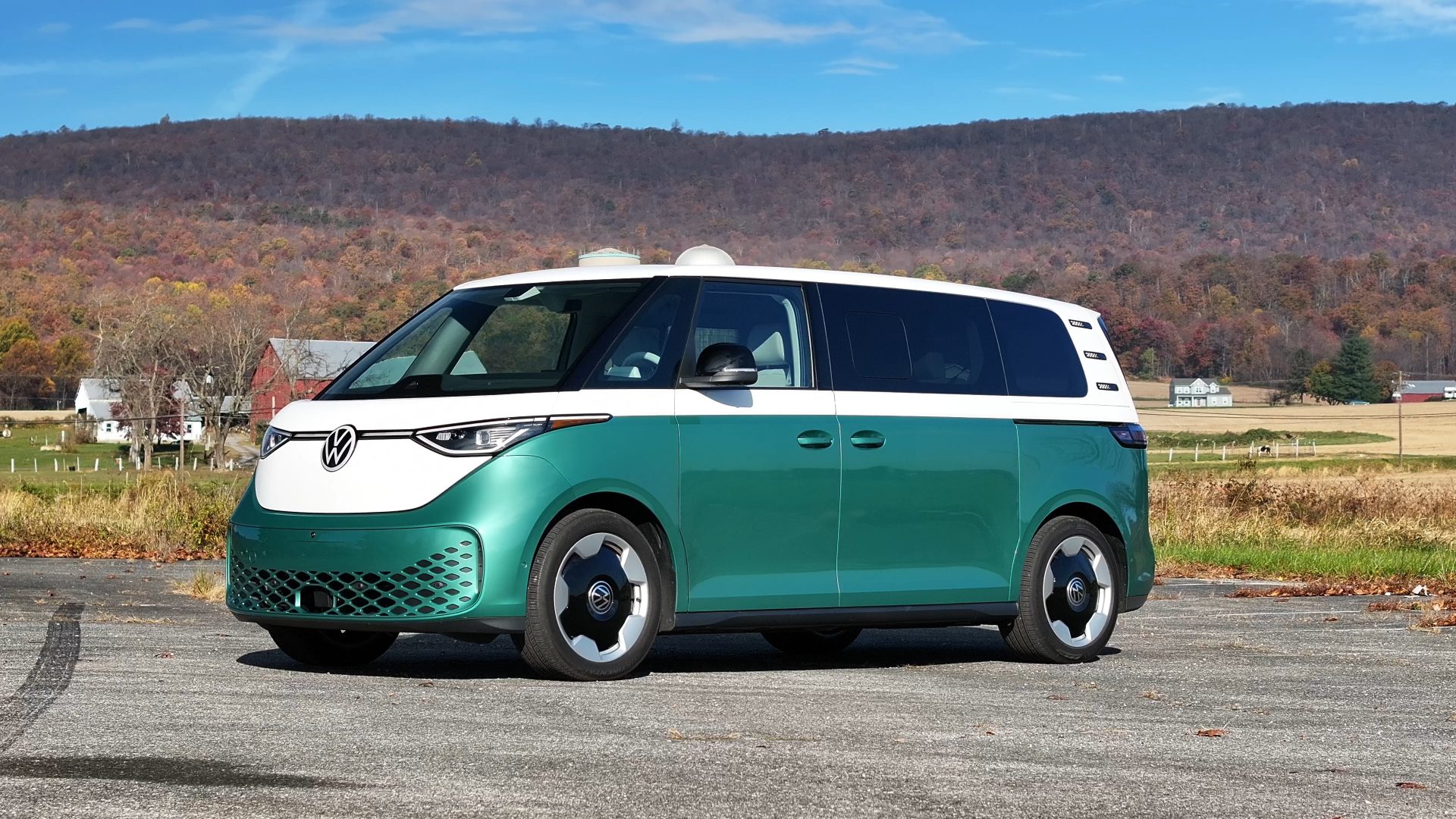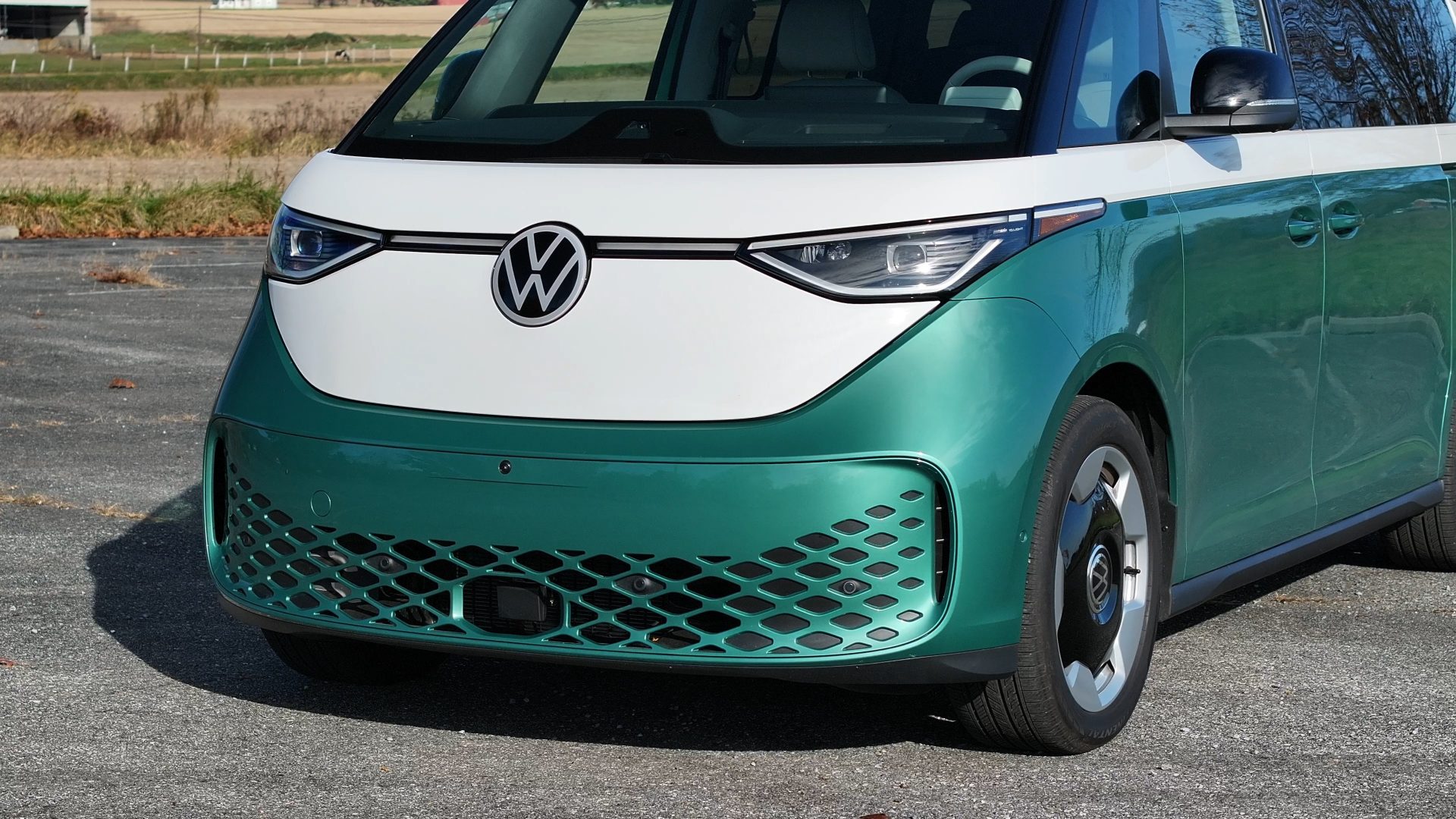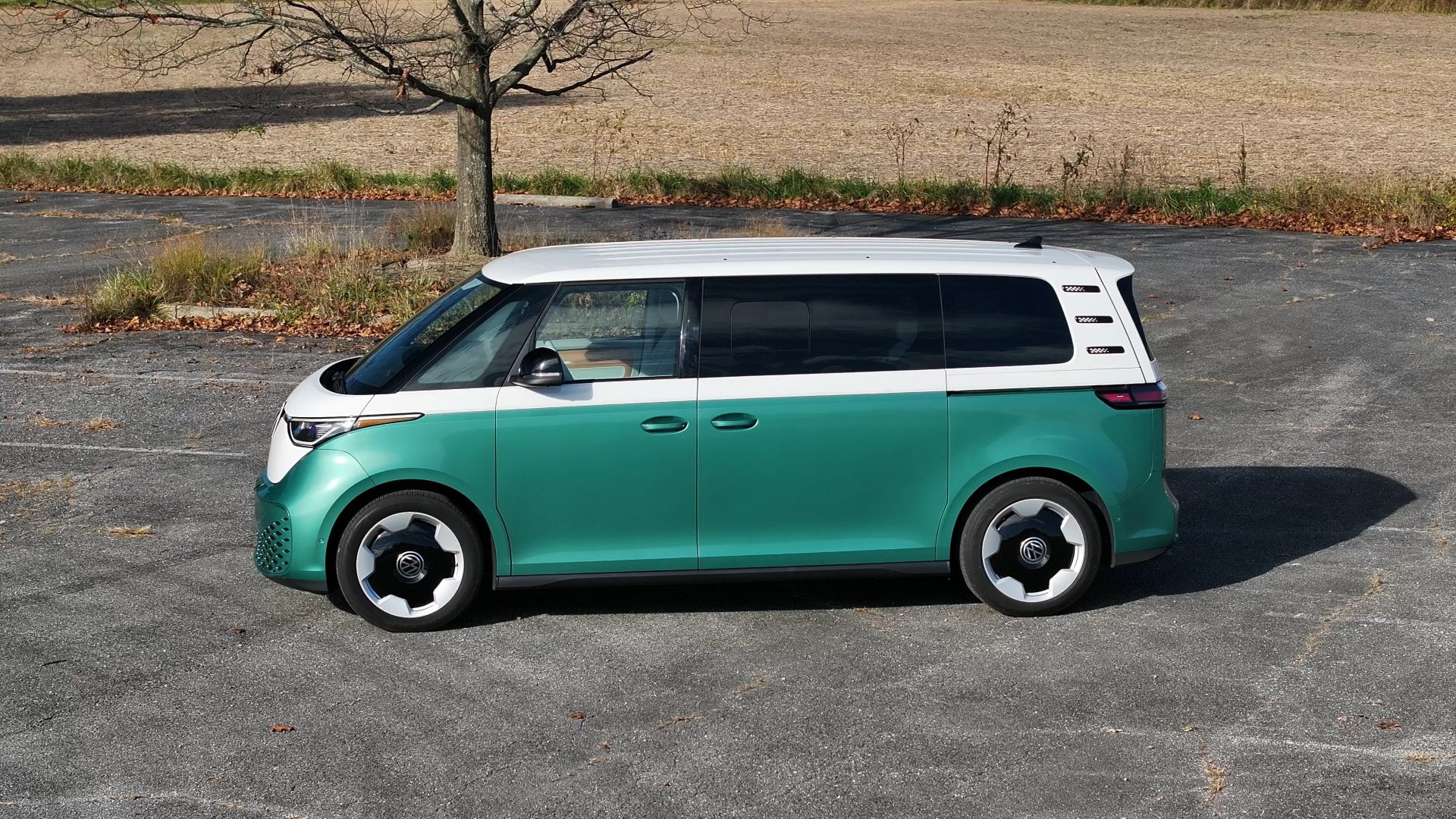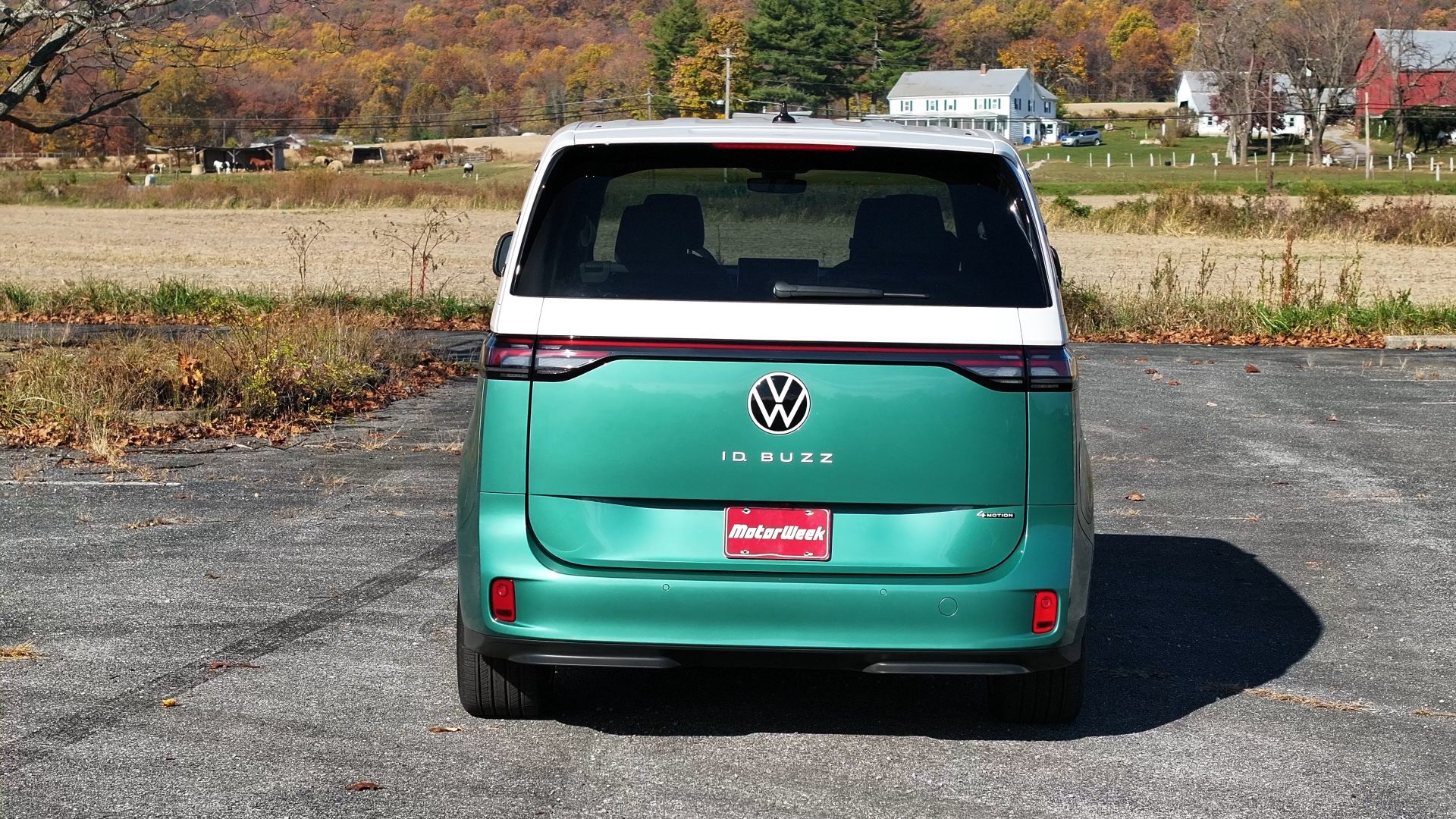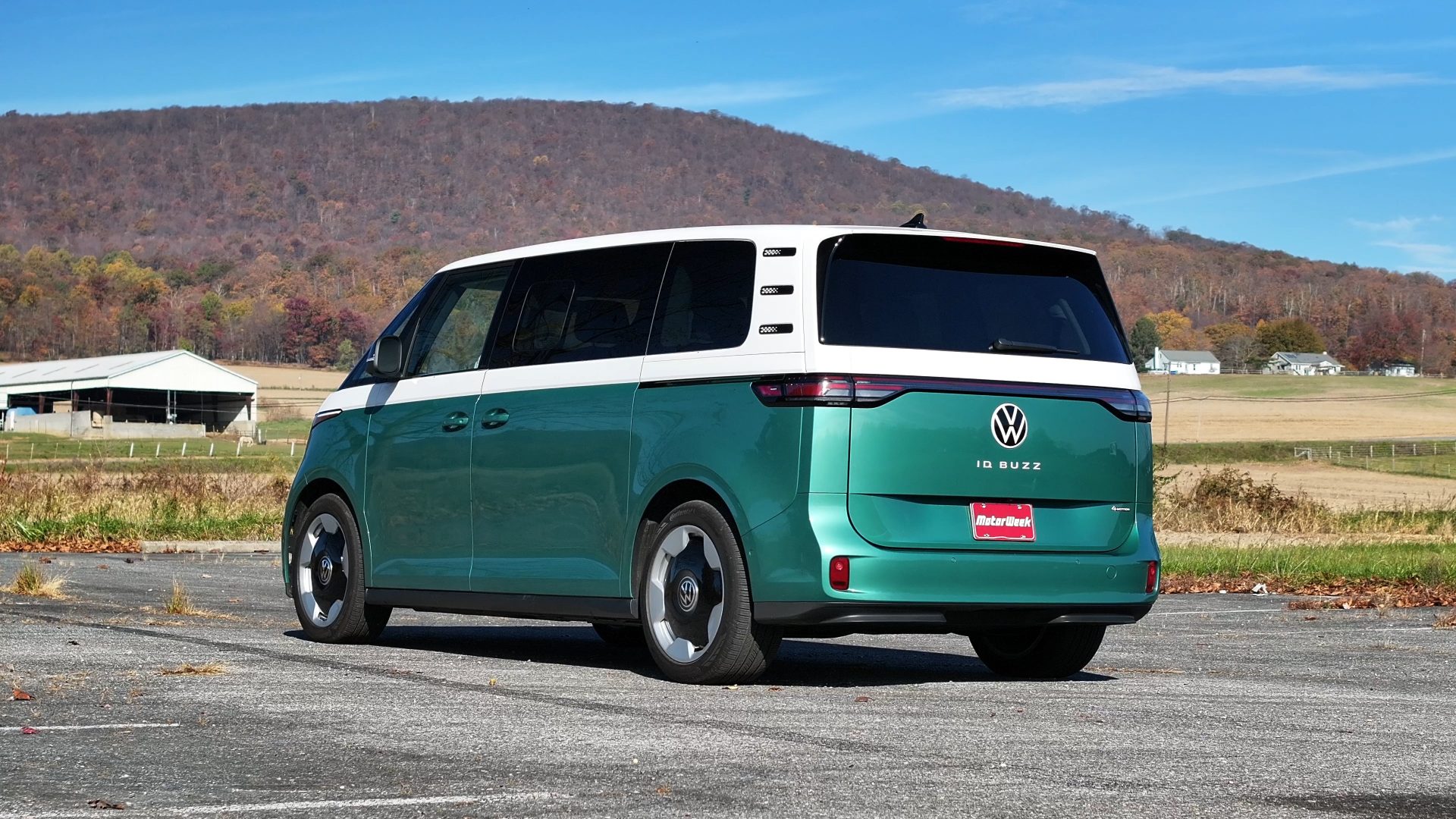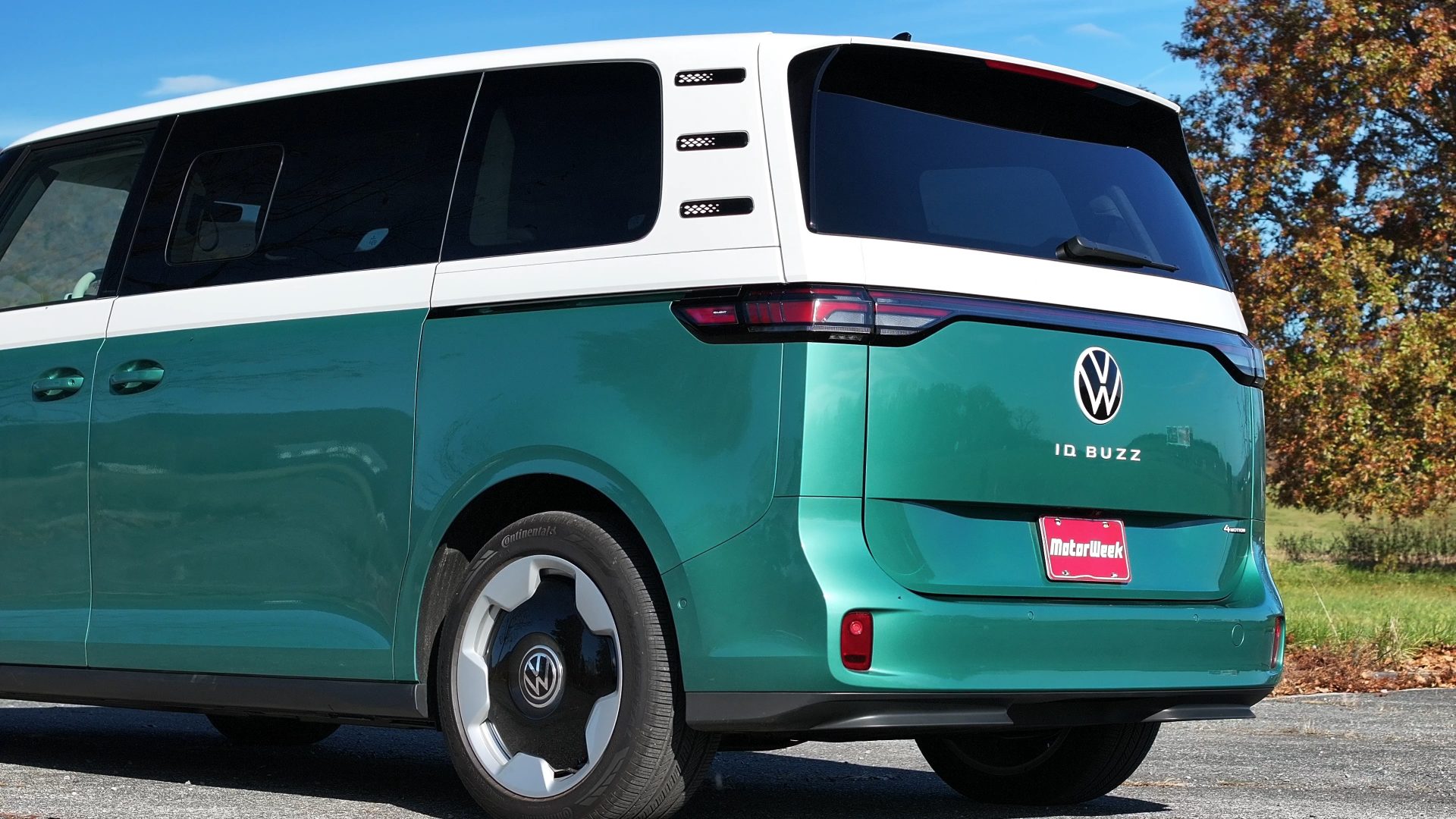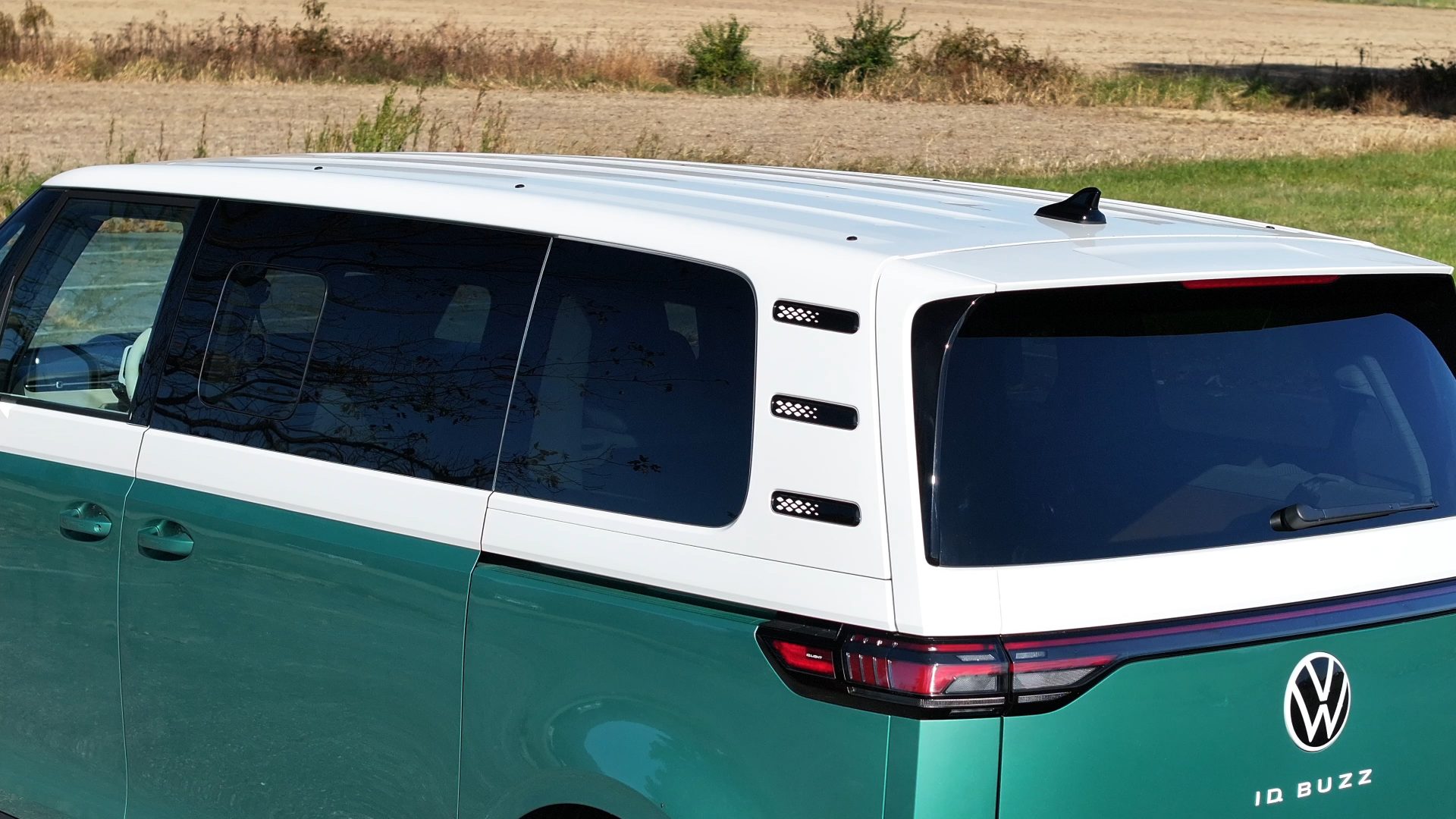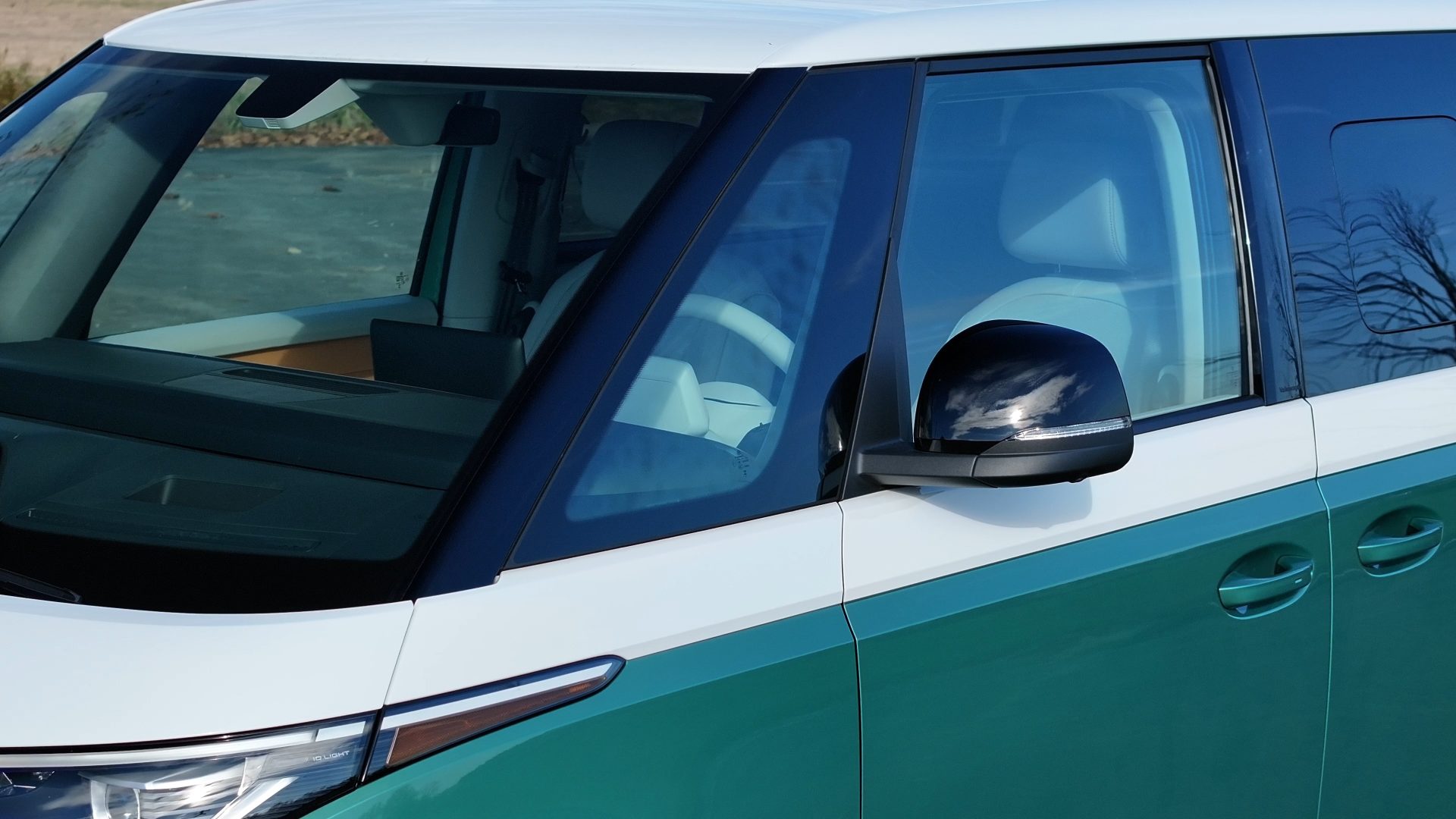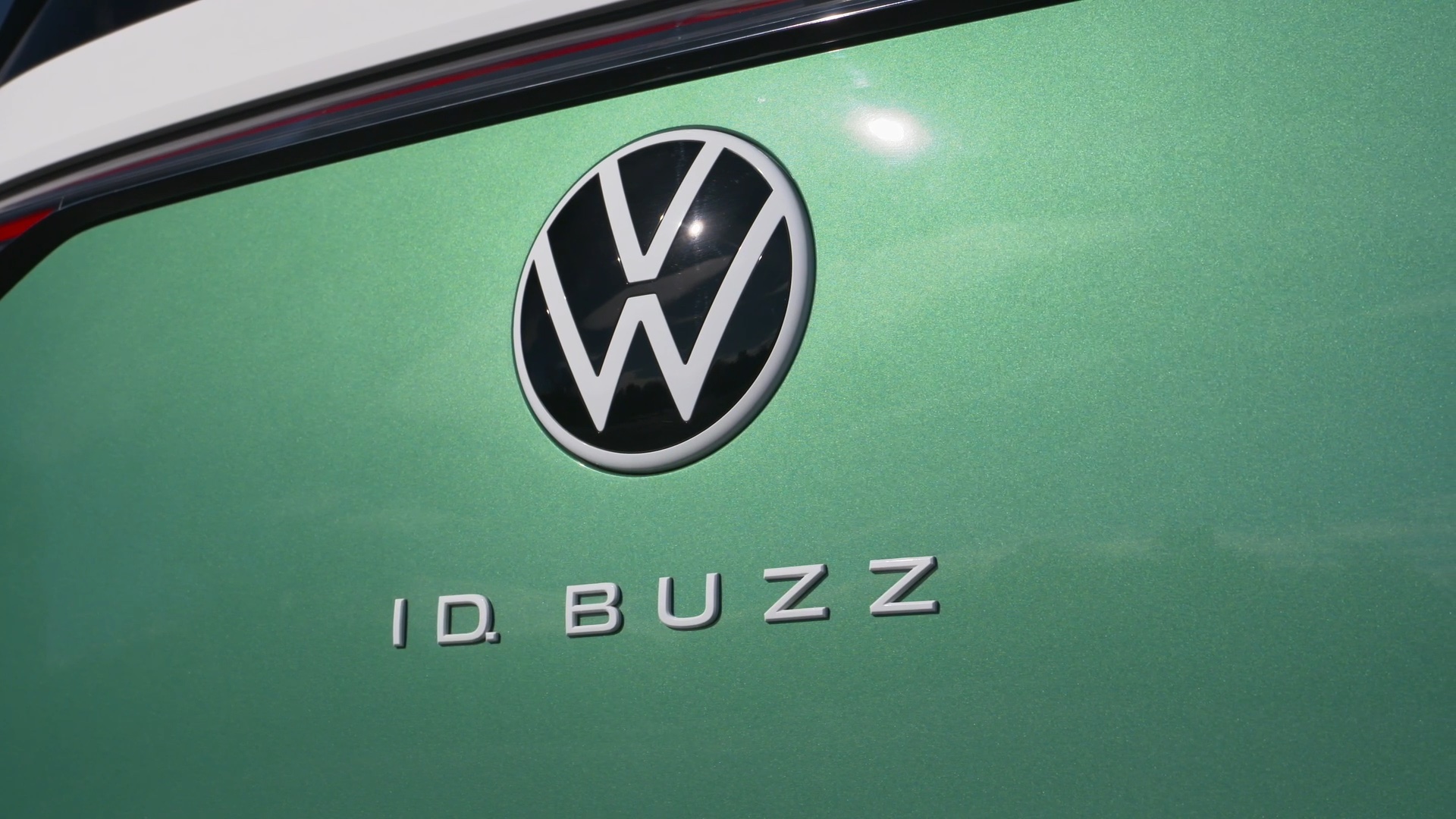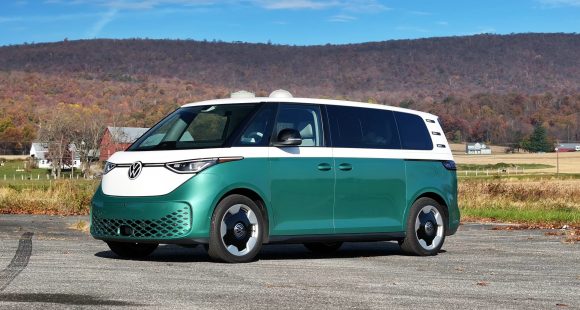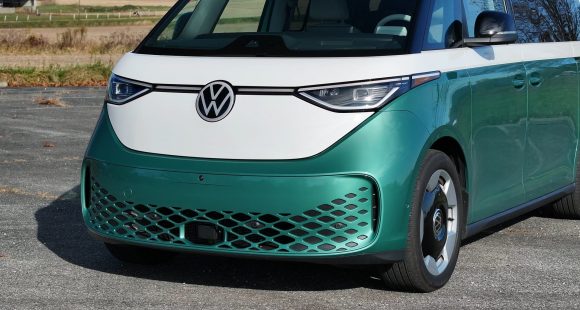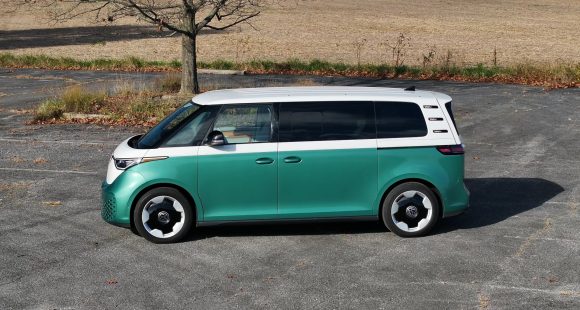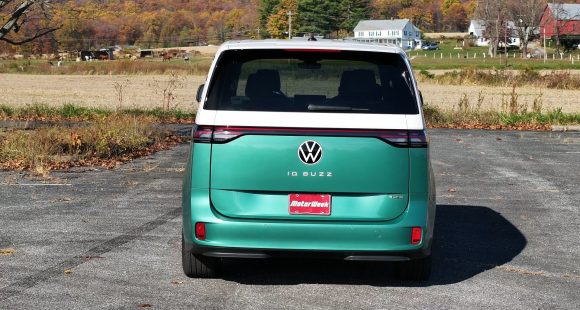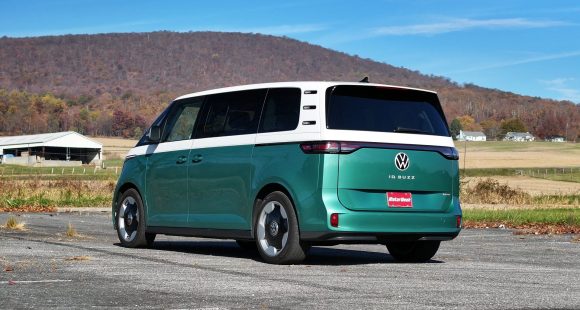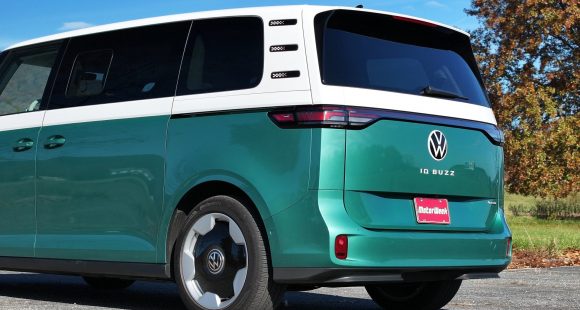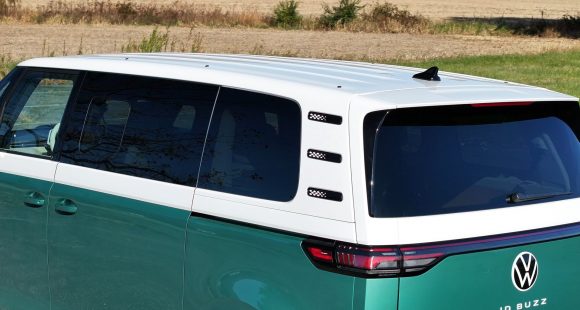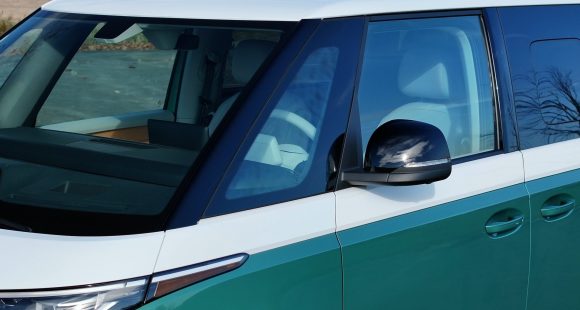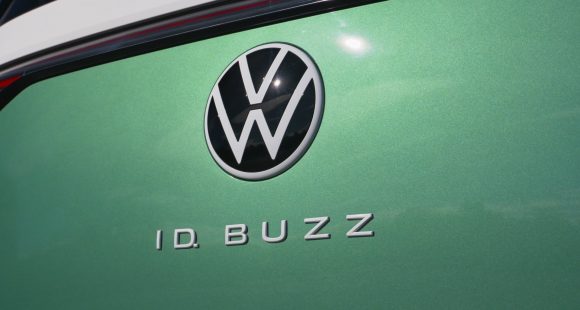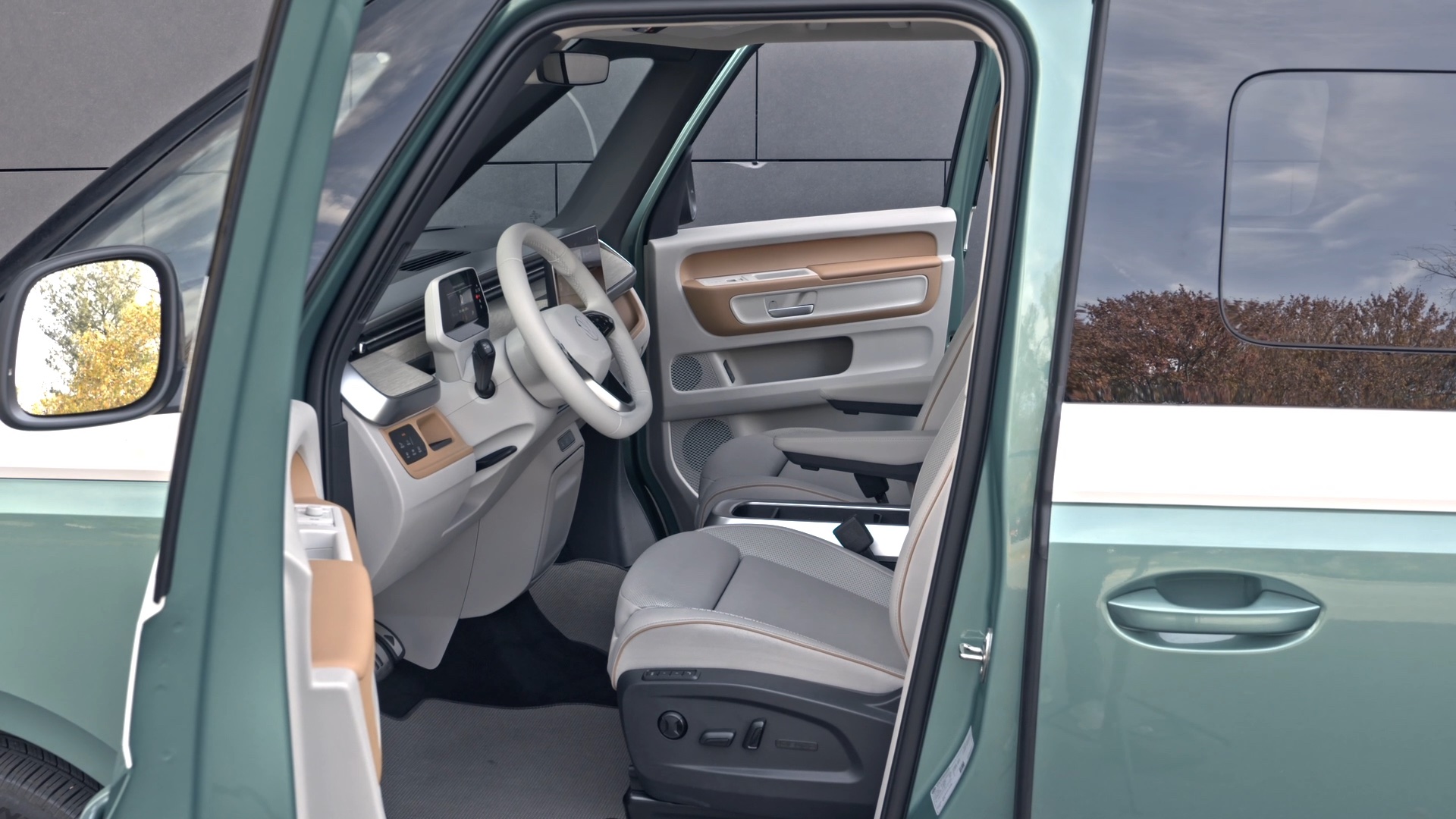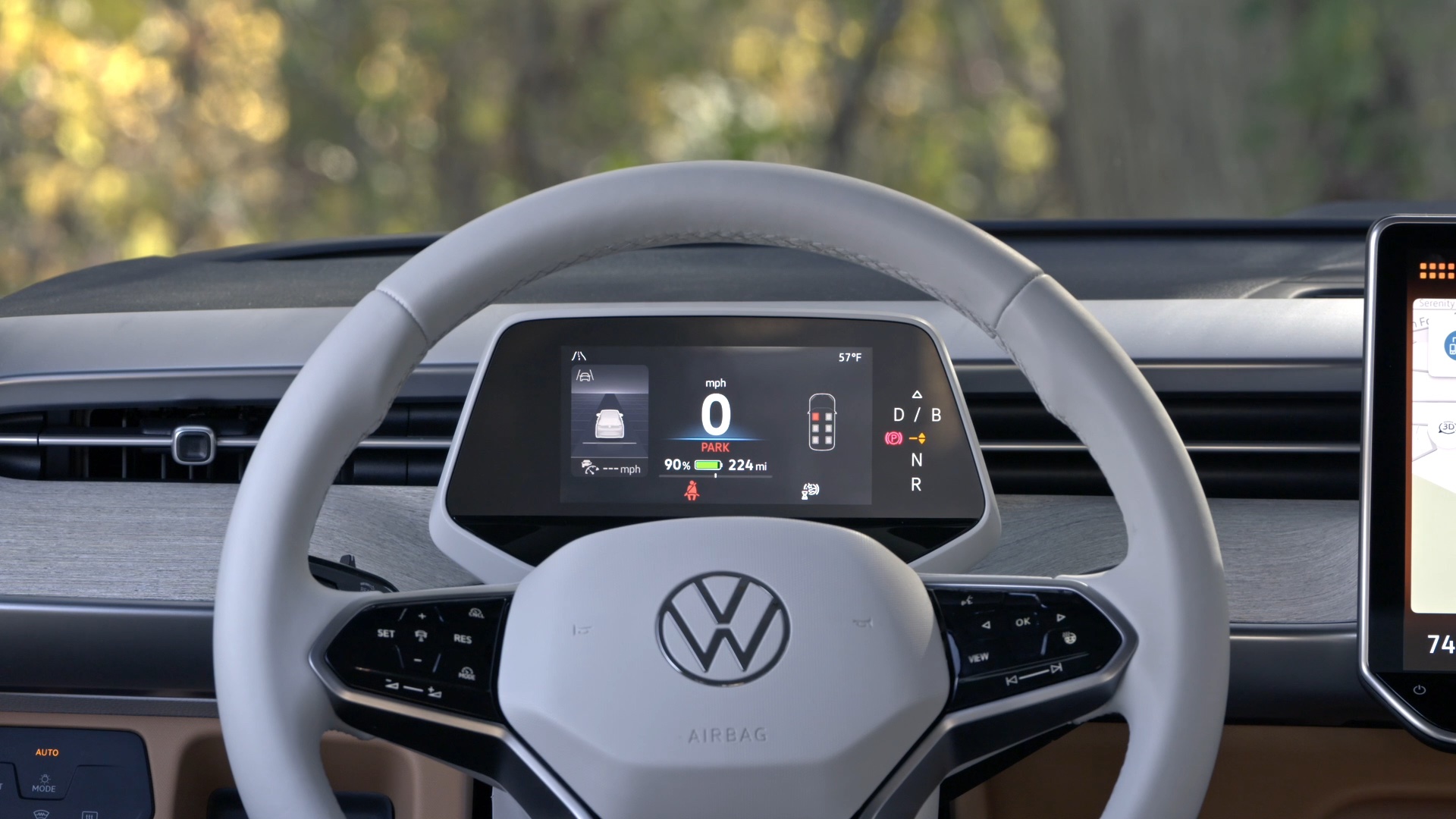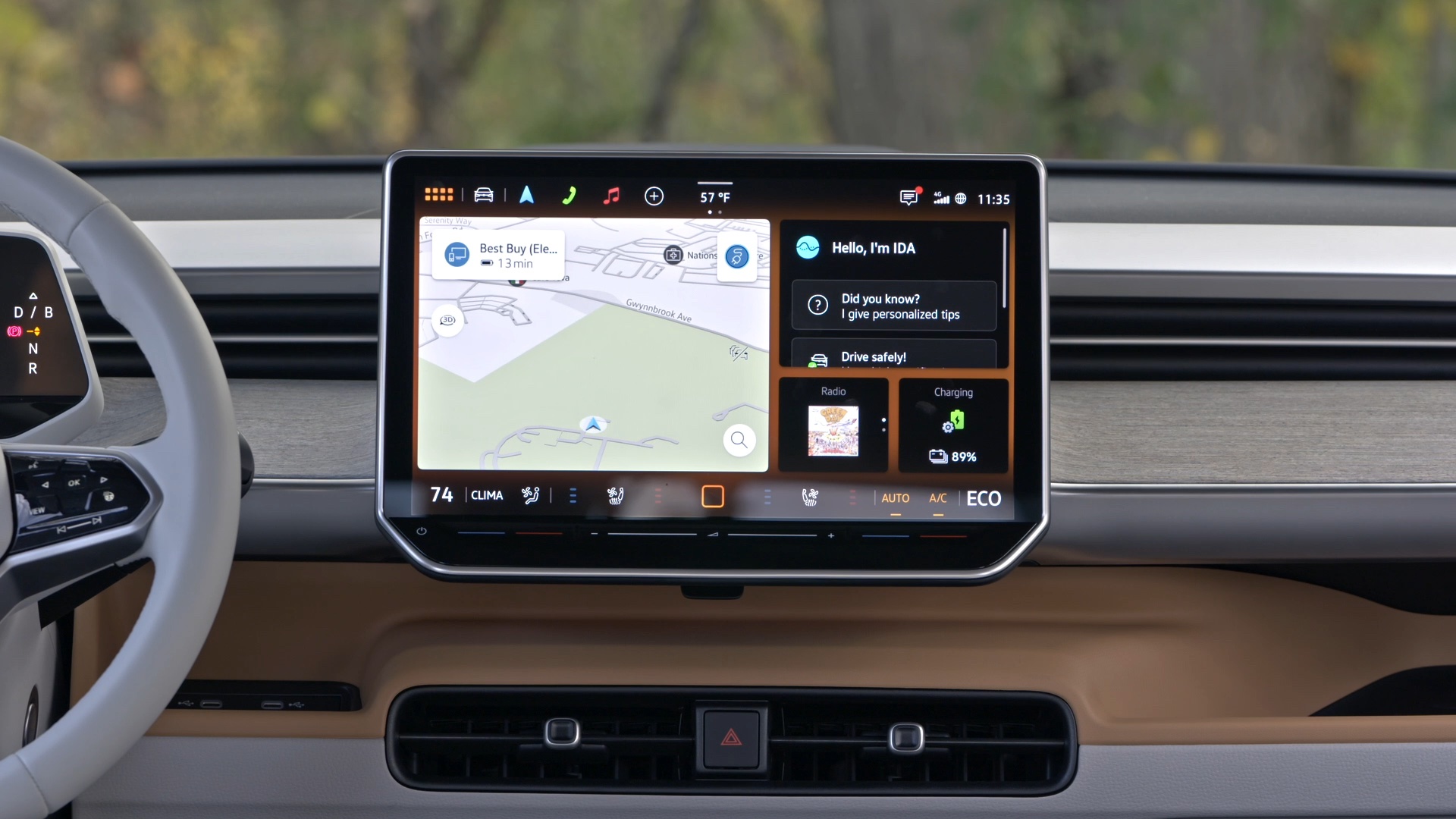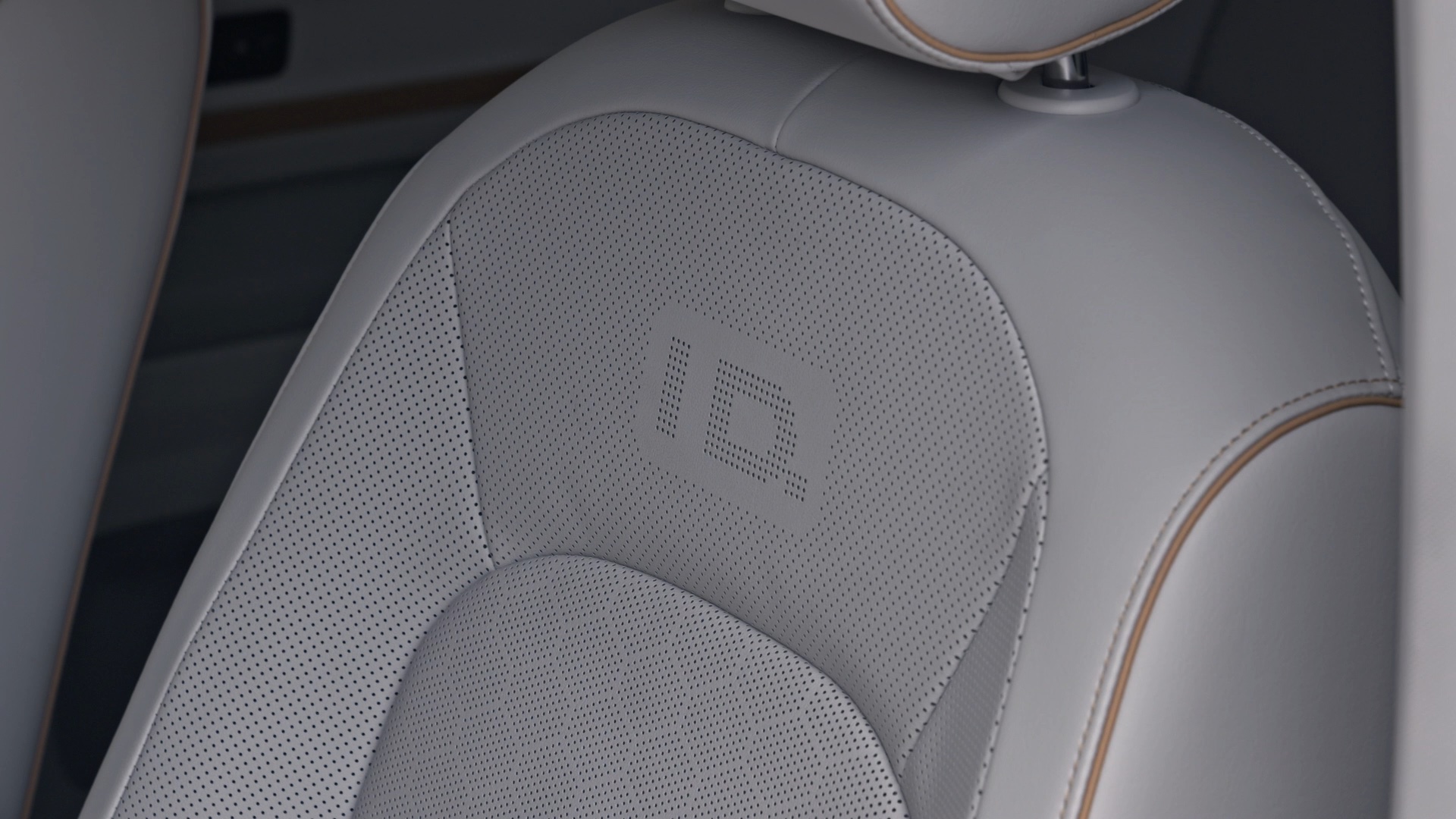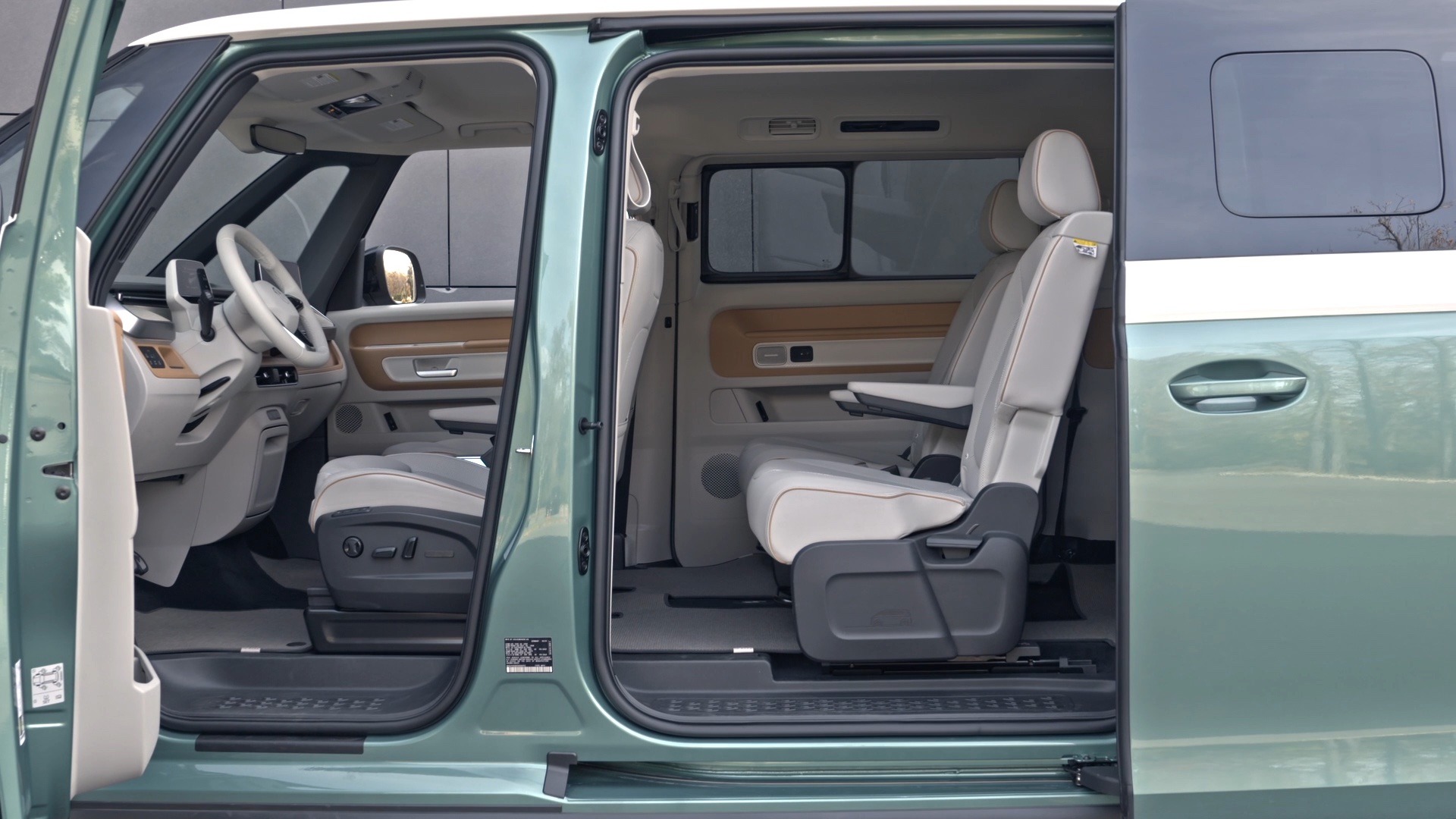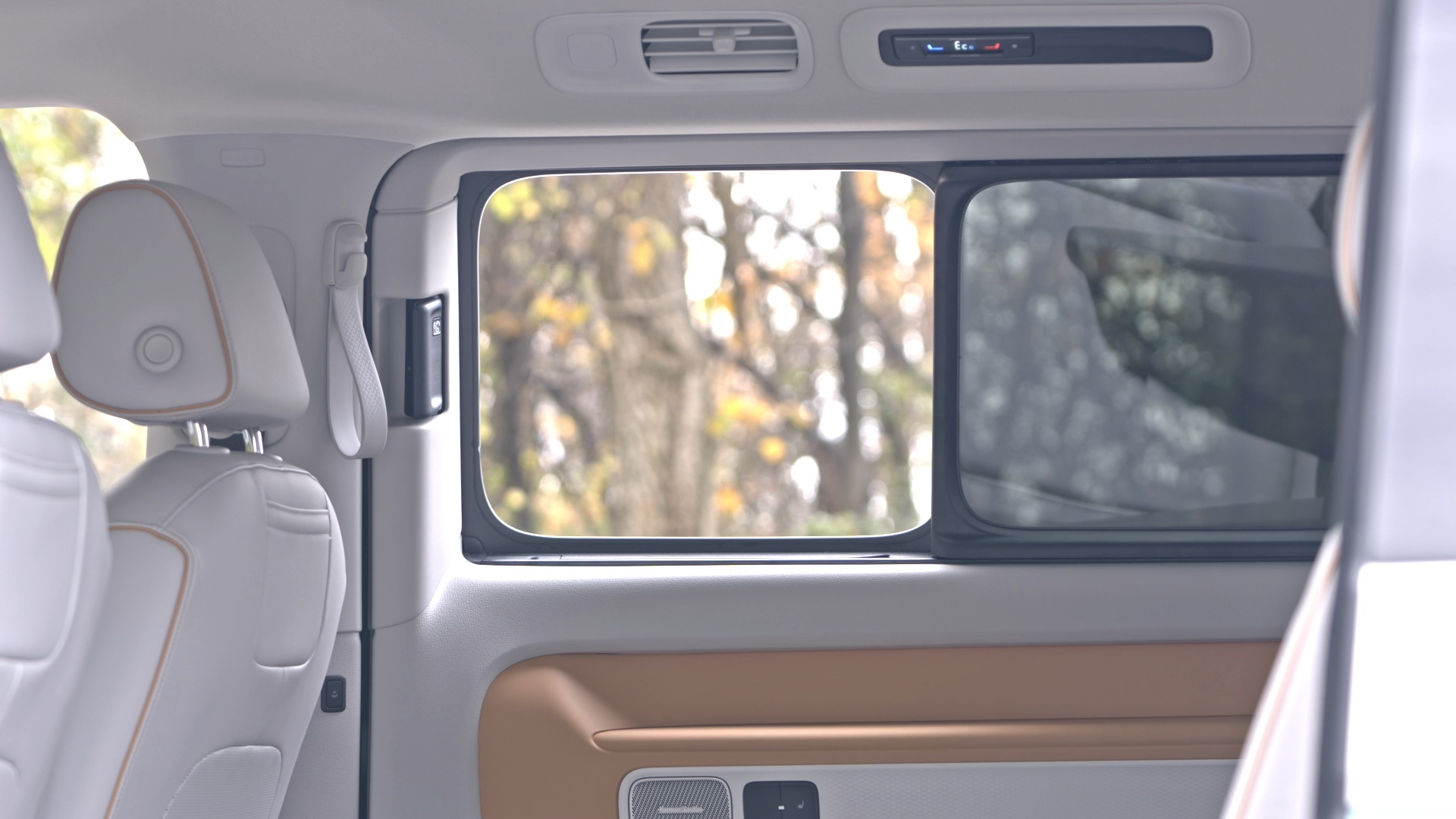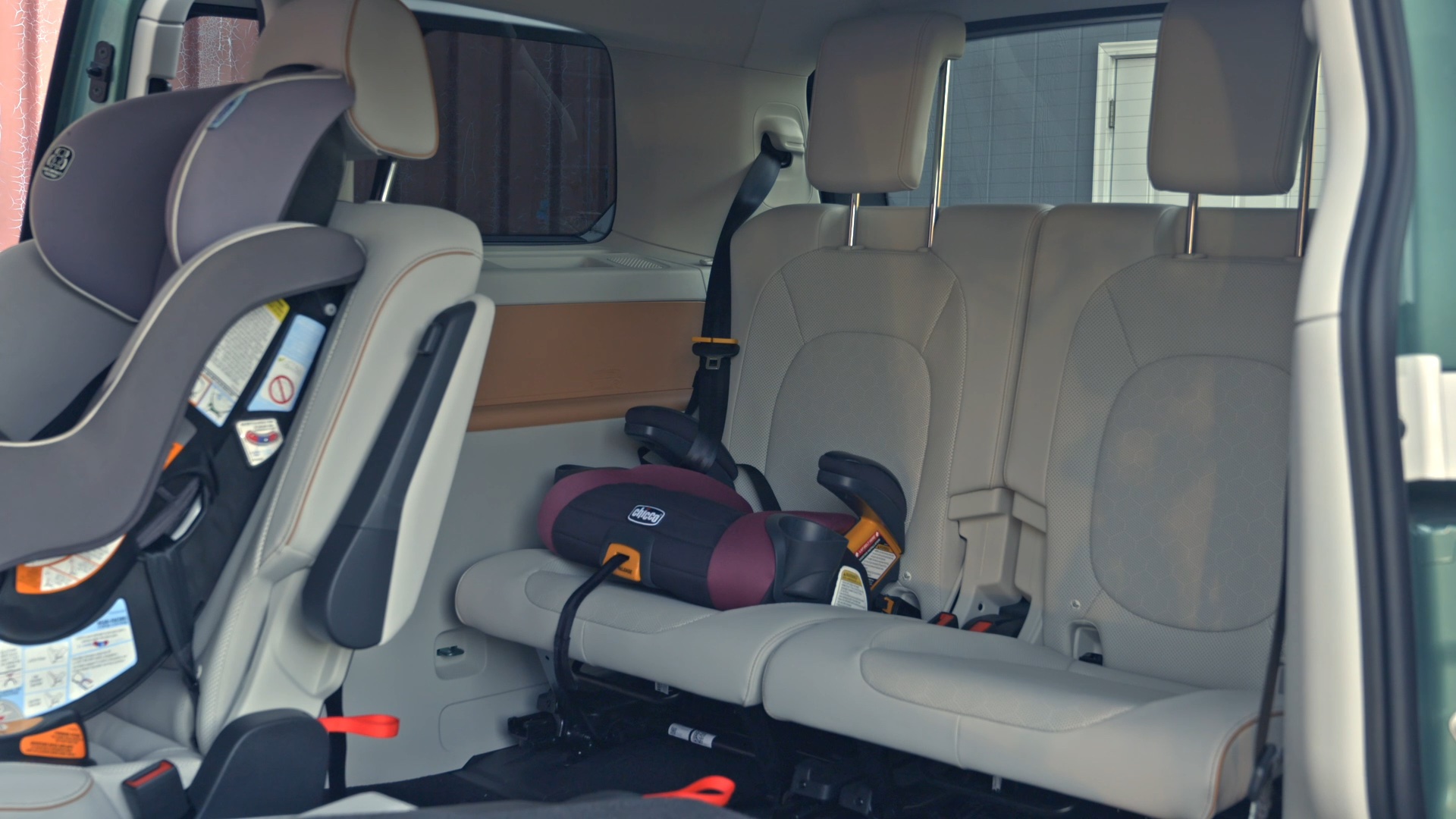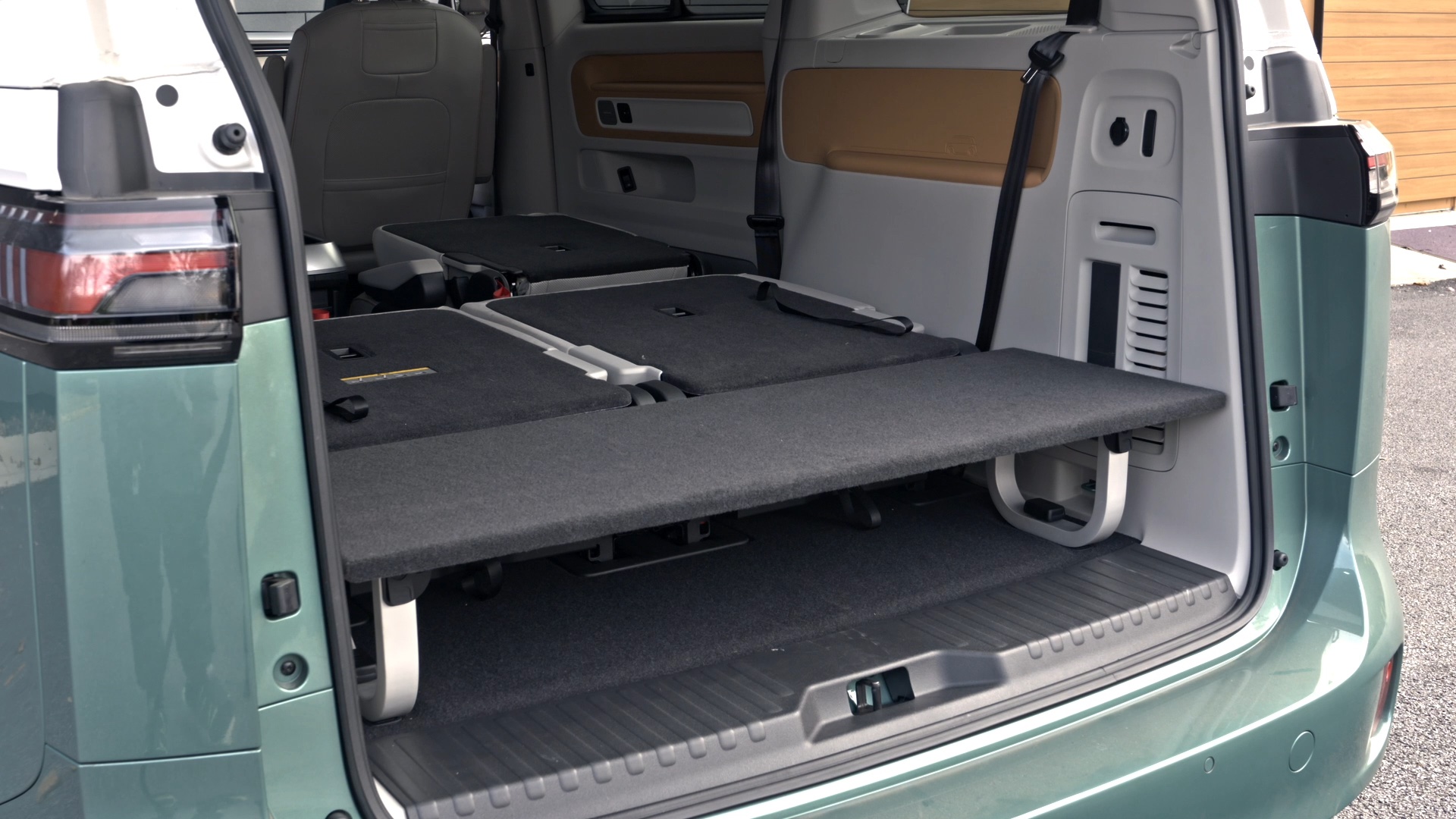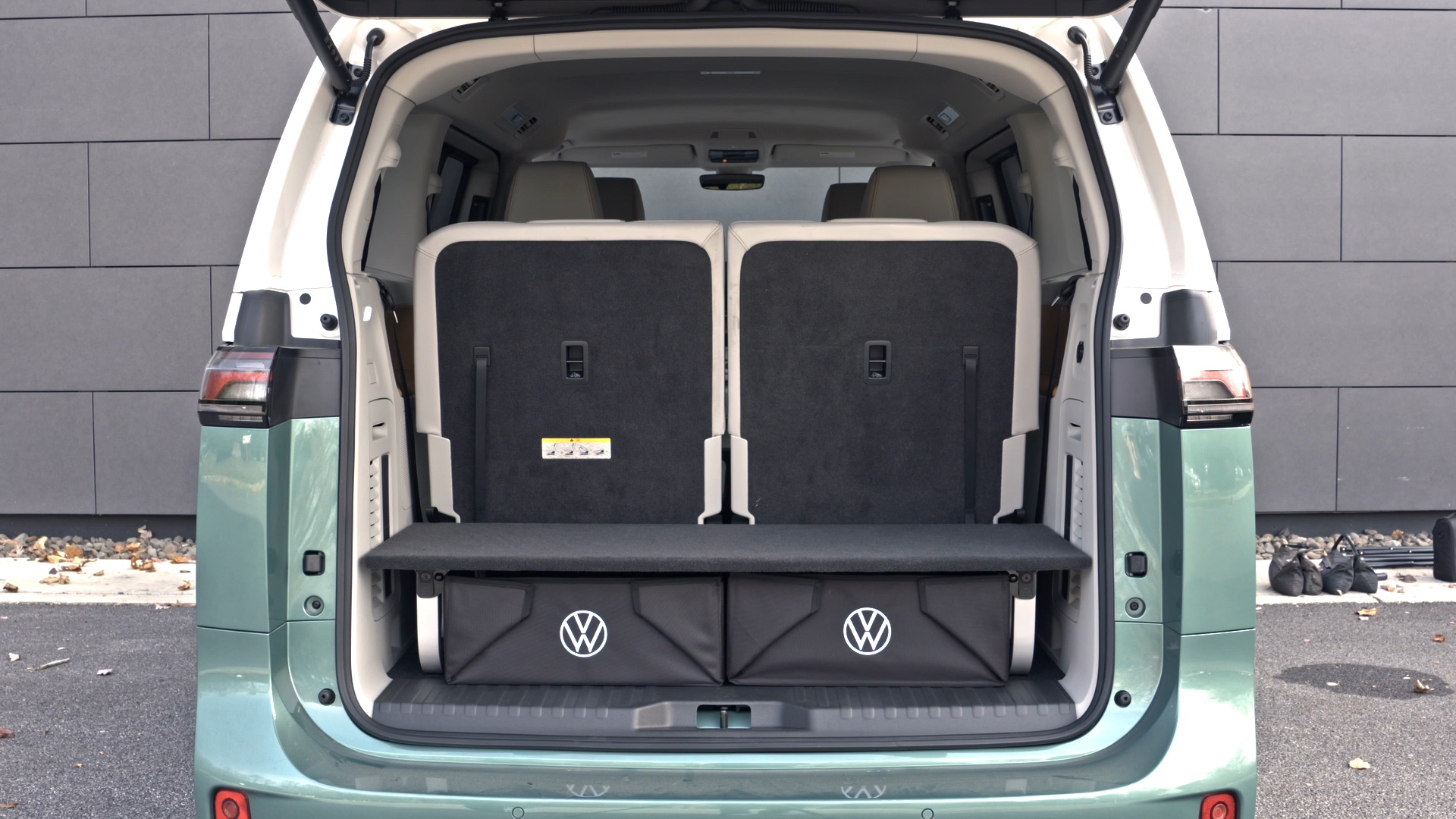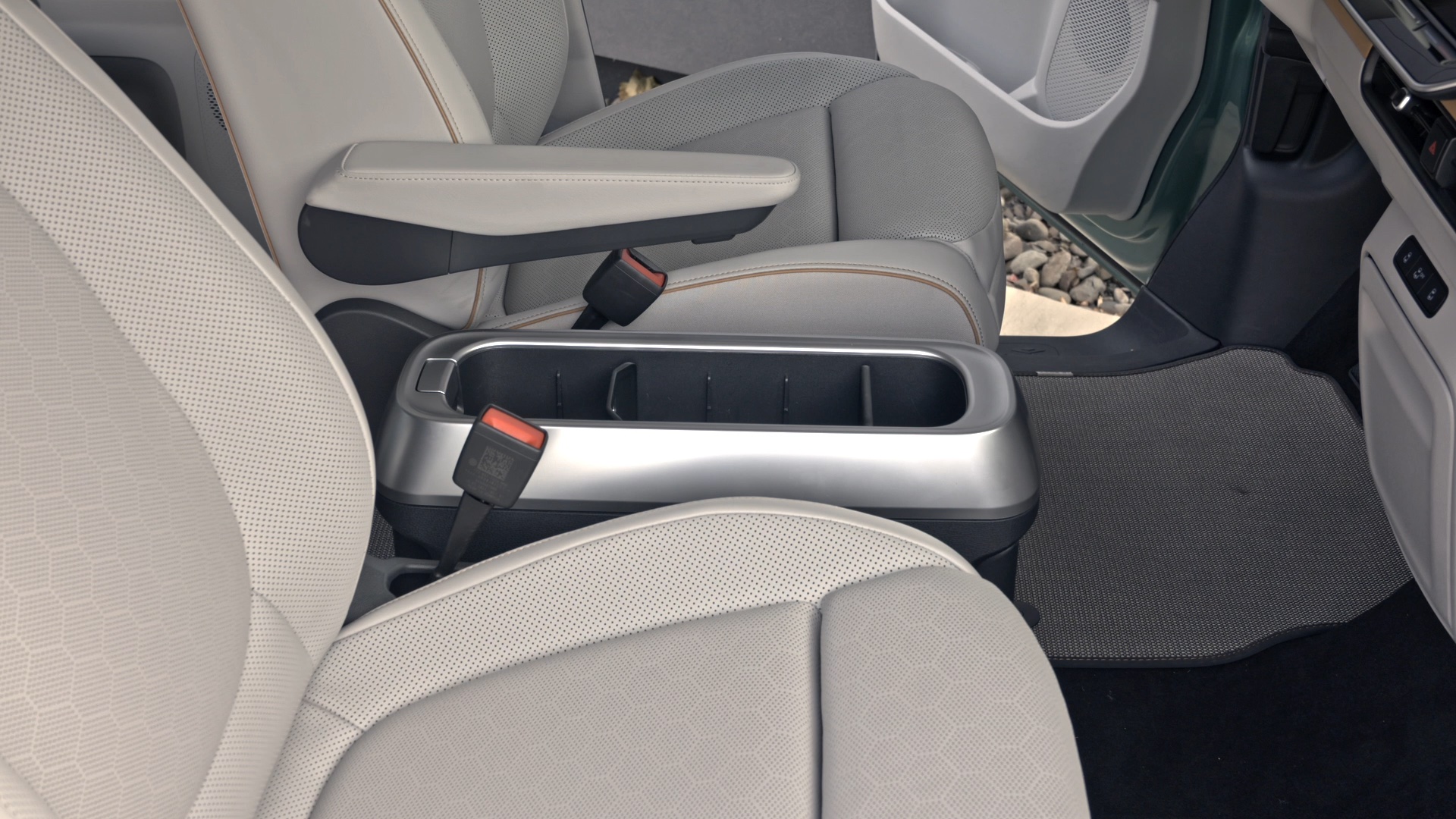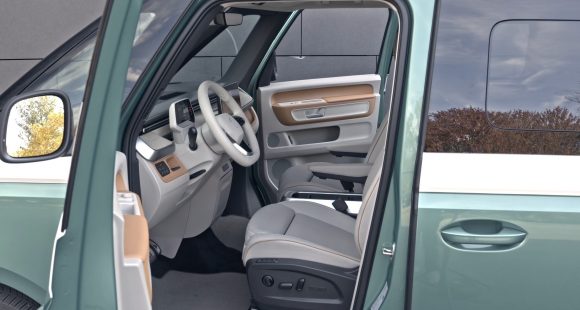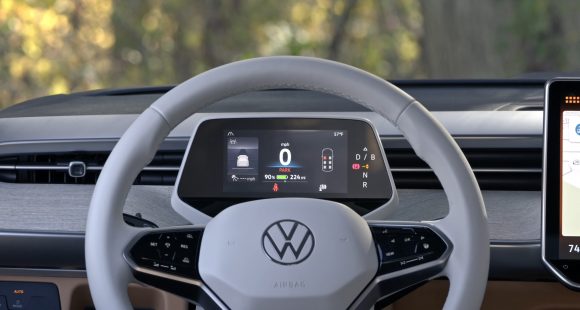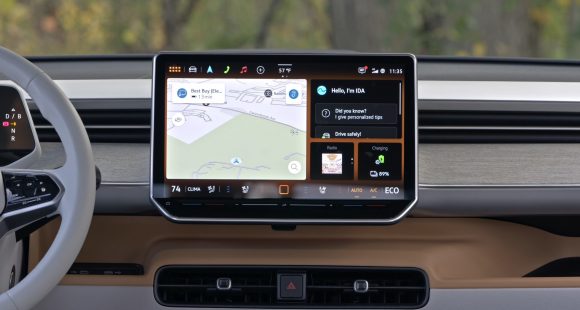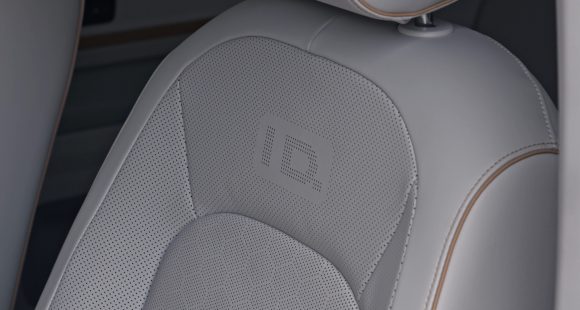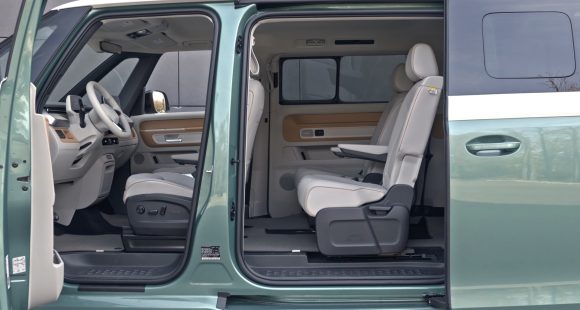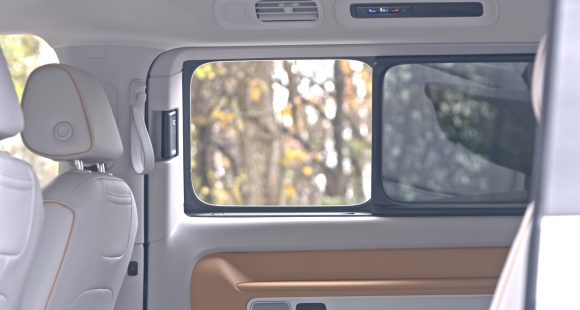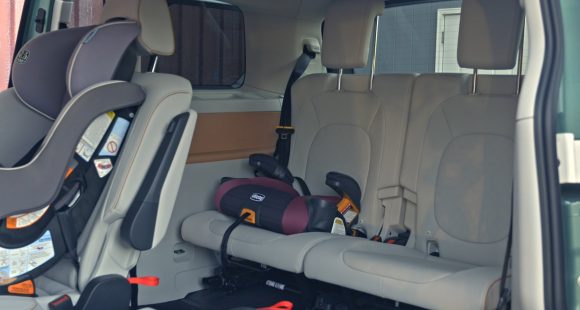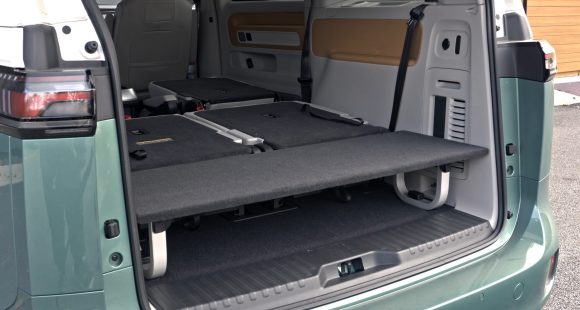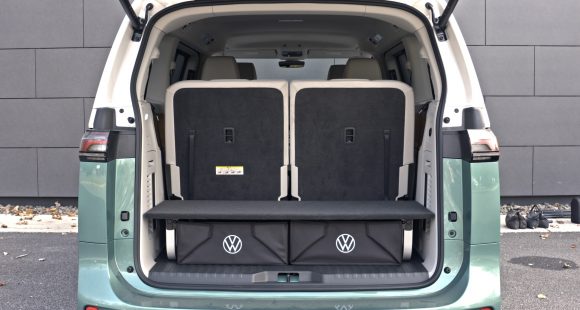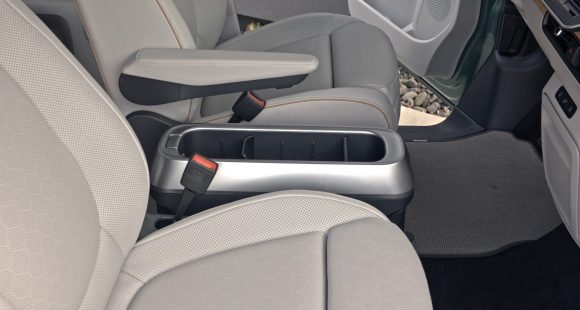2015 Lexus RC F
Now stop us if you’ve heard this one before. Lexus, known for purveying ultra-plush luxury, is now stepping into the performance ring. Okay, so it’s not their first, or even second attempt to shed the soft image for a harder-core one. But, will the results be any different? Let’s hit the track in the new Lexus RC F and find out.
So up until now, Lexus performance, with the exception of the limited production and very exotic LFA, has been more like a karate chop at a gun fight. But this 2015 Lexus RC F coupe just might even the odds.
Indeed, after 3-days of relentless round-da-rounds at the hands of our test team, we can say the RC F definitely has the goods to take on a road course; impressing all of our drivers with a great V8 bark, and nimble chassis bite to back it up.
That V8 is a 5.0-liter with roots that go back to the IS F sedan. Much tweaking has been done since then however, and output is now 467-horsepower and 389 lb-ft. of torque.
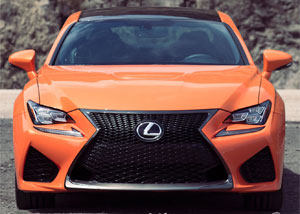 As a rear driver only, the transmission is a beefed up, 8-speed direct shift automatic that worked very well through Roebling Road’s nine turns, even when left in straight-up auto mode.
As a rear driver only, the transmission is a beefed up, 8-speed direct shift automatic that worked very well through Roebling Road’s nine turns, even when left in straight-up auto mode.
While clearly based on the RC 350, Lexus claims that 70% of the RC F’s suspension componentry is new or updated.
Another value added feature is the available torque vectoring rear differential that makes a huge impact on both the RC F’s performance and personality, helping put maximum power to the pavement in corners when in Track mode. Left in Standard mode, it feels like an entirely different vehicle that likes to power-on oversteer more than cling to an apex.
At around 4,000-pounds, the RC F is certainly no lightweight. But it feels and responds much lighter. Through the corners, the bolstered RC F sport seats kept our drivers squarely in place. Yet, they still delivered the comfort that Lexus owners demand.
Though overall highly capable, we could do with less initial understeer at turn-ins. And, the quietness of the RC F’ proficiency makes it less exciting to drive than we’d hoped.
But, those are nitpicks. If there’s one significant weak point, it’s the brakes. Initially they felt great. But after only a few laps, they grew soft and uninspiring.
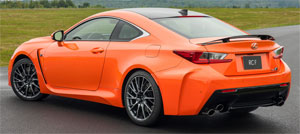 Off the turns, and on the straight, this raucous V8 also proved its metal. It loves to rev. There’s not as big a hit of torque right off the line as you might expect, but rather a nice build that gets you fast rather quickly. 0 to 60 takes just 4.4-seconds.
Off the turns, and on the straight, this raucous V8 also proved its metal. It loves to rev. There’s not as big a hit of torque right off the line as you might expect, but rather a nice build that gets you fast rather quickly. 0 to 60 takes just 4.4-seconds.
Despite relying on a true automatic for transmission duties and not a sequential manual; shifts are quick and smooth, with power mostly uninterrupted. Helping us clear the ¼ in 12.8-seconds at 114 miles-per-hour.
Body enhancements galore certainly make the RC F a stand out. There are plenty of both air inlets and outlets, an active rear wing, optional carbon fiber roof, and stacked exhaust tips that give the hind quarters a truly maniacal look.
Its stance is both wider and lower than the RC 350, and you have a choice among 3-different 19-inch wheel patterns. Tire width is staggered, with 255/35s up front and 275/35s in back.
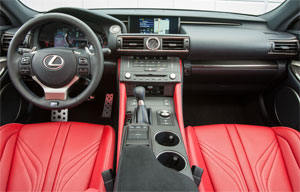 Despite the comfy seats, the overall interior comes off tighter than a typical Lexus buyer would be accustomed to. But, then, this is everything but a typical Lexus. Still, the usual leather coverings, high quality materials, and high-tech niceties are mostly included.
Despite the comfy seats, the overall interior comes off tighter than a typical Lexus buyer would be accustomed to. But, then, this is everything but a typical Lexus. Still, the usual leather coverings, high quality materials, and high-tech niceties are mostly included.
An F-specific gauge set alters screens depending on driving mode, and the multi-information-display hosts a wealth of info including lap times and even rear wing position.
Now, the real bonus. Even with all of its track prowess, the RC F is also a pleasant street car. The ride is never harsh, and great chassis response means you don’t have to be driving super-fast to enjoy yourself. Government Fuel Economy Ratings are 16-City, 25-Highway, and 19-Combined.
RC F pricing starts at $63,325. That undercuts the benchmark BMW M4 by about 2-grand.
And the F story certainly won’t end here, as Lexus recently debuted a bigger and badder GS F Sedan at the North American International Auto Show.
But, back to the M4. The 2015 Lexus RC F may be a bit cheaper, but is it also a close contender? Well, we think it is surprisingly close on the street, and yes, on the track as well. Who ever thought we would say that! And that is just how far Lexus performance has come.
Specifications
- Engine: 5.0 liter
- Horsepower: 467
- Torque: 389 lb-ft.
- 0-60 mph: 4.4 seconds
- 1/4 mile: 12.8 seconds @ 114 mph
- EPA: 16 mpg city/ 25 mpg highway
2025 Volkswagen ID. Buzz
Volkswagen Brings Beetlemania Level Of Excitement To Minivan Segment
The duty of upholding Volkswagen’s heritage has most recently been delegated to small legacy car names like Golf and Jetta. But hold on! A much larger, totally modern take on VW’s classic microbus has just buzzed over the horizon— the all-electric ID. Buzz. It’s been at the top of our minds since we first saw the concept back in 2017. Well, it’s finally here, so let’s get our groove into drive!
This 2025 Volkswagen ID. Buzz has indeed created the most buzz around Volkswagen since the Beetle’s return to the U.S. in the late 1990s. We couldn’t drive it anywhere without drawing a crowd. No wonder, just about everyone has a VW Microbus story to tell, and seeing this reimagined version rolling down the street brings back all those memories.
VW really pulled it off as far as we’re concerned, as it looks great without appearing over the top. All the cues are here: Big VW logo front and center, lots of greenhouse including A-pillar windows and mini sliders for the second-row passengers, D-pillar air vents, and two-tone wheels. And while its appearance may be pure retro, its drivetrain is far from it, as the ID. Buzz is all-electric, and unlike the new Beetle, the Buzz does retain the original Microbus’ rear-drive architecture.
Powering those rear wheels is a 210-kW motor drawing juice from a 91-kWh battery for a range of 234 miles; 200-kW max charging will get you to 80% in about 26 minutes. Buyers can add another small 80-kW motor up front for 4motion all-wheel-drive and an increase of total output from 282 to 335 horsepower with a combined 512 lb-ft of torque. It uses the same battery, but range estimates drop just slightly to 231 miles. But while those numbers are modest, we also found them to be quite conservative, as we observed as many as 287 miles available in our all-wheel-drive tester’s gauge display and were on pace for 273 miles in our driving loop.
One throwback theme that may be a turnoff to some is that it’s quite a step up into the Buzz’s front seats, but there’s certainly a commanding view of the road once you climb in. Second row seating can be either a three-place bench or a pair of captain’s chairs, so there’s generous room for seven or six passengers. The captain’s chairs in our Pro S Plus offer good support and very easy access to the third row.
Lots of flexibility too with the option to simply fold the seats or remove them altogether.
With the sliding side doors and a wide opening rear hatch, there’s plenty of access for loading big sport utility amounts of cargo. Lots of flexibility too with the option to simply fold the seats or remove them altogether, and the ability to create a full-length flat floor with a rear cargo shelf that covers some handy removable storage bins. There’s 18.6 cubic-feet of space behind the third row, 75.5 behind the second, and a max of 145.5. That’s more than a Chevrolet Tahoe. For smaller items, there are lots of cubbies throughout the cabin, along with a standard Buzz Box that can be moved to multiple locations.
With a design that prioritizes retro form and modern function over aero efficiency, the 4motion equipped ID. Buzz earns a Fair efficiency rating, using 42-kWh of electricity per 100 miles, and we weren’t sure what to expect at our Mason Dixon test track.
What we found was great torque off the line and drama free launches to 60 in just 5.3 seconds. It was very stable at speed and power delivery stayed steady most of the way down the track until we reached about 90 mph, when it began to taper off just before we finished the quarter-mile in 14.0 seconds flat at 97 mph.
With 1,200-lbs. of battery weight nestled in its 127.5-inch wheelbase, the Buzz felt planted to the pavement through our handling course. There was quite a bit of body roll to deal with, but surprisingly little understeer. In panic braking runs, pedal response was inconsistent, feeling soft at times, pushing back hard at others; but through it all, results were quite good, stopping from 60 in an average of just 108 feet.
Three interior themes are available, this Dune is the brightest, featuring coastal inspired wood optic dash décor, “gray and clay” leatherette surfaces, and a high-mounted central 12.9-inch touchscreen. Pricing starts with a rear-wheel-drive Pro S at $61,545; this Pro S Plus begins at $65,045, add another $4,500 for 4motion, which brings a few extra features along with all-wheel drive.
Retro design with old-school VW charm, modern EV drivetrain, big SUV capacity merged with minivan flexibility; it all comes together in this 2025 Volkswagen ID. Buzz. It’s easily one of the coolest rides of the year and one that will likely keep Volkswagen dealers buzzing for years to come, and that’s something no other people and things mover can say.
Specifications
As Tested
- Motor Setup: Dual-Motor AWD
- Battery Size: 91-kWh
- Horsepower: 335
- Torque: 512 lb-ft
- EPA Range: 231 miles
- 0-60 mph: 5.3 seconds
- 1/4 Mile: 14.0 seconds at 97 mph
- Braking, 60-0: 108 feet
- MW Test Loop: ~ 273 miles







